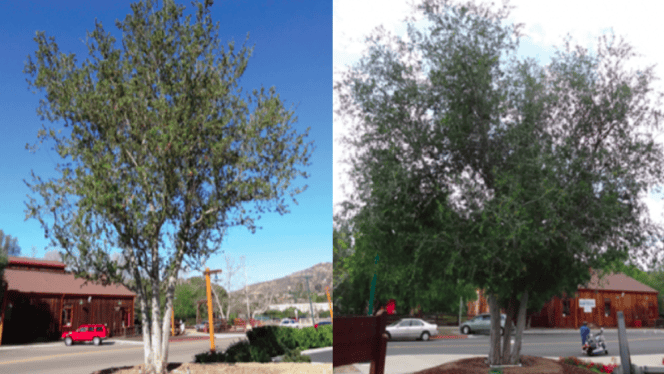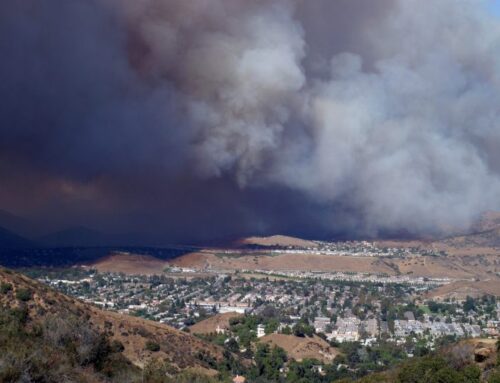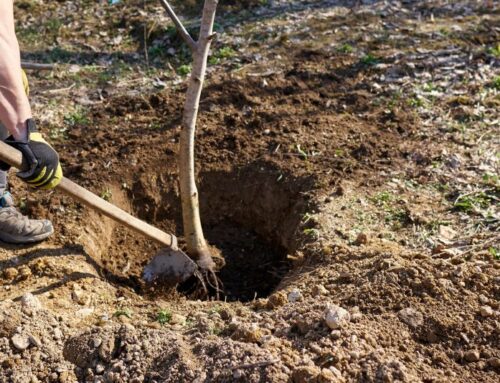What is Sudden Oak Death?
As you might guess from its name, Sudden Oak Death (SOD) is a sudden Oak killer. The disease often lives quietly in the tree for the first 1-3 years of infection without showing obvious symptoms. Then suddenly, the entire tree canopy can turn brown and die in 2-4 weeks!
SOD is currently found in Northern California and spreading to Southern California & Southern Oregon. It has already killed over 1 million Oak trees and thrives when there’s more rain and moisture. With all the rain we had this past year, it’s feared that SOD was busy spreading faster and into new areas.
|
|

Left to Right: Discolored trunk, oozing sap, leaf spots, and canopy dieback.
Oak Species at Risk of SOD
Black Oak, Coast Live Oak, Red Oak, Shreve Oak, and other Oaks from the Red & Intermediate Groups
|
|

|
|

Untreated oak (left) and 1 year after treatment (right).
|
In addition to applying treatment, here are a couple more things you can do!
Remove other SOD HostsSOD also infects and is spread by plants other than oak trees. To minimize disease spread, remove the following plants within a 30 ft radius of your oak tree SOD Hosts Arrow Root, Azalea, Bay Laurel, Camellia, Peeris, Rhododendron Avoid Heavy Pruning in SpringSpring weather encourages spore spread and new infections, so hold off on heavy pruning. Small cuts are fine, but cuts 4" or larger are best done after spring. Remember, ideal treatment time is fall, right between Halloween and Christmas, so get your trees treated before the busy holiday season. |





